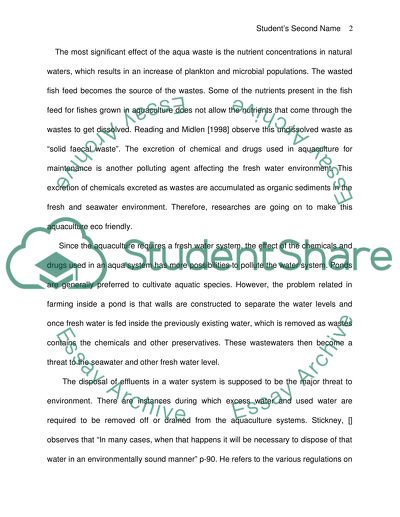Cite this document
(“Aquaculture Essay Example | Topics and Well Written Essays - 1250 words”, n.d.)
Retrieved from https://studentshare.org/miscellaneous/1540289-aquaculture
Retrieved from https://studentshare.org/miscellaneous/1540289-aquaculture
(Aquaculture Essay Example | Topics and Well Written Essays - 1250 Words)
https://studentshare.org/miscellaneous/1540289-aquaculture.
https://studentshare.org/miscellaneous/1540289-aquaculture.
“Aquaculture Essay Example | Topics and Well Written Essays - 1250 Words”, n.d. https://studentshare.org/miscellaneous/1540289-aquaculture.


